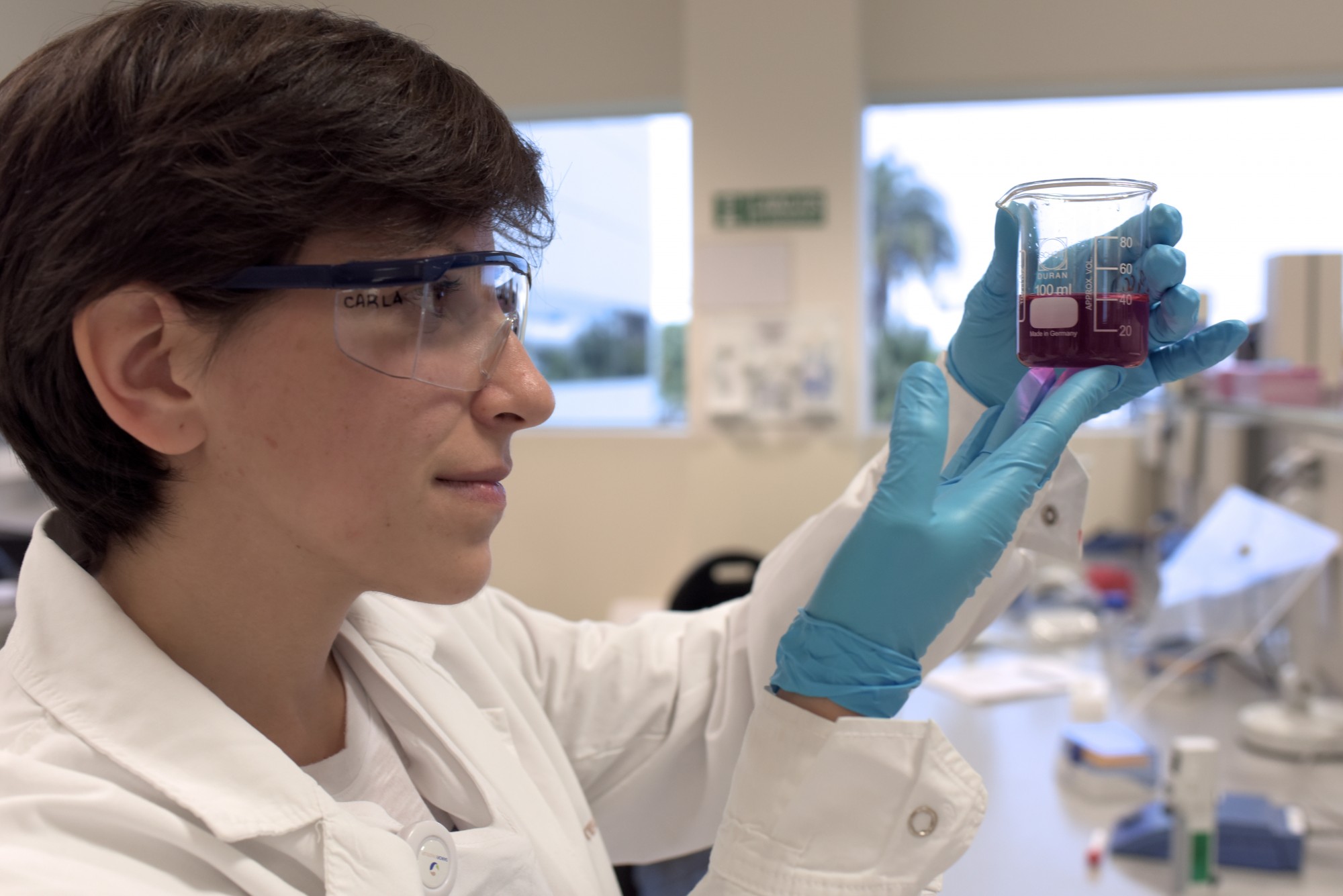
Tackling
Global health challenges
Child and maternal health
Copyright: Johnson & Johnson
Child and Maternal Health
The MDGs triggered unprecedented efforts to reduce maternal mortality. A lot has been achieved, although not enough. Too many women and children worldwide still have little or no access to essential health services, clean water, and good nutrition.
The annual death toll remains unacceptably high: 289,000 maternal deaths, 2.6 million stillbirths, 5.9 million deaths in children under five – including 2.7 million newborn deaths. To lower maternal and perinatal mortality our industry is actively engaged in a myriad of ways – from research and development into new treatments and vaccines, catalyzing innovative collaborations, enhancing birth safety by training health professionals, strengthening healthcare capabilities by building birth centres and equipping hospitals, informing through mHealth do deliver vital information to new and expectant mothers, to expanding access to family planning.



Giving birth with the assistance of a skilled health professional dramatically reduces the risk of infant and maternal death or disability. Our members are involved in many partnerships that focus on training nurses, midwives and health educators to provide skilled assistance during pregnancy, labor and delivery. These programs help reduce common risks like post-partum haemorrhage and preeclampsia. Our companies donate products to improve maternal and child health, including rehydration solutions, antibiotics, multivitamins and nutritional supplements.
Members also help strengthen health infrastructures by building birth centres and health clinics, equipping hospitals and providing them with essential medicines. Mobile healthcare field clinics help provide greater access to medical and primary healthcare and save many lives in areas that are far from regular healthcare facilities.
Mobile technology is used to improve the lives of pregnant women, new mothers and their families. Examples include: delivery of vital information to new and expectant mothers, reminders of clinic appointments and targeted messages encouraging the uptake of vaccination services for children. mHealth also improves access to life-saving medicines at the point of care by eliminating medicine stock-outs at the health facility level. E-learning tools enable a large number of health workers to be trained cost-effectively.
Finally, family planning reduces women’s exposure to health risks of unplanned pregnancies and unsafe abortions. Member companies provide a wide range of oral contraceptives to family planning organizations. Family planning programs help people stay informed and make independent decisions concerning their family size, taking into account the best possible conditions for the future of their children.
Vaccines have proven to be one of the most effective preventative technologies in the fight against infectious diseases, preventing 3 million deaths each year from diphtheria, tetanus, pertussis, and measles. Our new generation of vaccines dramatically reduce the burden of pneumococcal diseases and rotavirus disease –two of the biggest killers of children.
In addition to the many vaccines in development to tackle new diseases, we also continue to improve upon existing vaccines. New technologies mean we can include new qualities such as temperature stability, which enables us to reach more people. We also now have the ability to combine multiple vaccines into one vial, further limiting the number of vaccines and doses that must be shipped around the world and enhancing cold chain capacity to deliver even more vaccines to LICs and LMICs.
About 830 women
die each day due to complications in pregnancy and childbirth
6.3 million children
under the age of five died in 2013
About 45% of all child deaths
are linked to malnutrition









